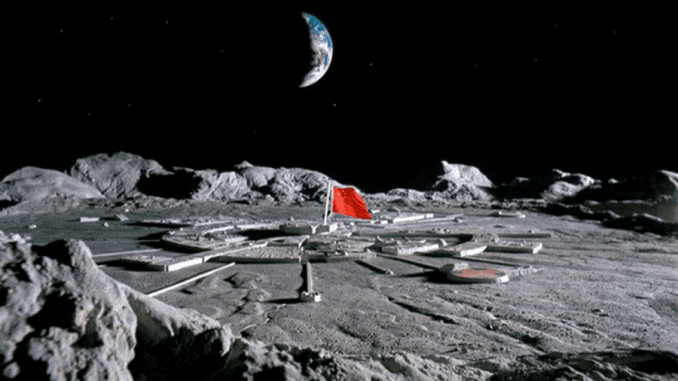Bolivian President: A Fight for ‘Scientific Bolivia’ Is a Fight for the Future —
July 27, 2021 (EIRNS)—Yesterday Bolivian President Luis Arce, together with other government officials and Rosatom’s deputy director general, Kirill Komarov, presided over the ceremony in the city of El Alto to inaugurate construction of a research reactor, which is the third component in the state-of-the-art Nuclear Technology Research and Development Center (CIDTN) being built in the city of El Alto, next to La Paz, by the Bolivian Nuclear Energy Agency and Rosatom Overseas. The other two components include a Radiopharmacology Cyclotron complex (CCRP), which will produce isotopes for the diagnosis and treatment of cancer patients and a Multipurpose Irradiation Plant, the construction of which is already underway and scheduled to be completed by year’s end. The research reactor should be completed by 2024.
The project’s location in El Alto carries special significance. When the Project Democracy “Maidan” coup government took over in November of 2019, it immediately shut down the project, while military and police repressed the city’s largely indigenous population that had opposed the coup. When President Arce took power last November, he immediately restarted the project. At 4,000 meters above sea level, CIDTN is the largest Russian-sponsored project in Ibero-America and, as Komarov explained, is considered to be a top priority for Rosatom. “The project is unique, a technological marvel that will put Bolivia on a par with the major countries of the world,” RT reported him as saying. Arce has emphasized that this project is not just for Bolivians, but “for all of humanity,” and as he expressed it yesterday, quite beautifully, is also to ensure that young Bolivians have a future. Future generations, he said, “will inherit and harvest what we do today in terms of technological advancement; they shall be the standard-bearers of scientific Bolivia, because a millenarian people with advanced technology is invincible. So, I want to take this opportunity to assure you that as a national government, we have the firmest will and conviction to advance on the road to scientific development for Bolivians… Our country needs highly-trained human resources in nuclear engineering, chemical engineering and biotechnology to advance toward a change from the pattern of accumulation to the transformation of our country’s productive matrix, which is moreover, a challenge for Latin America and the Caribbean,” the President’s press office reported. The full press release is here.
















